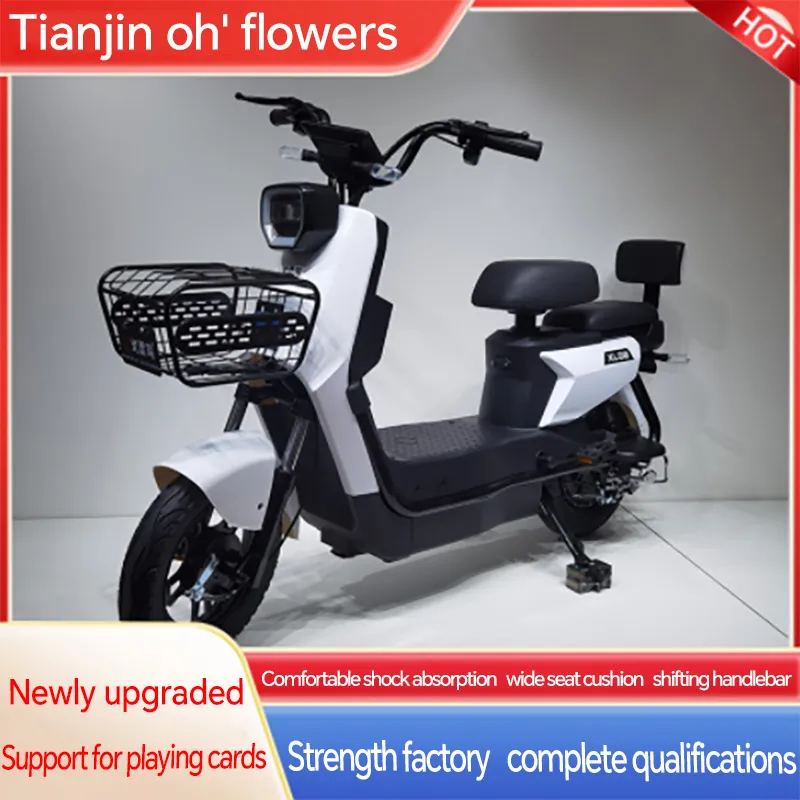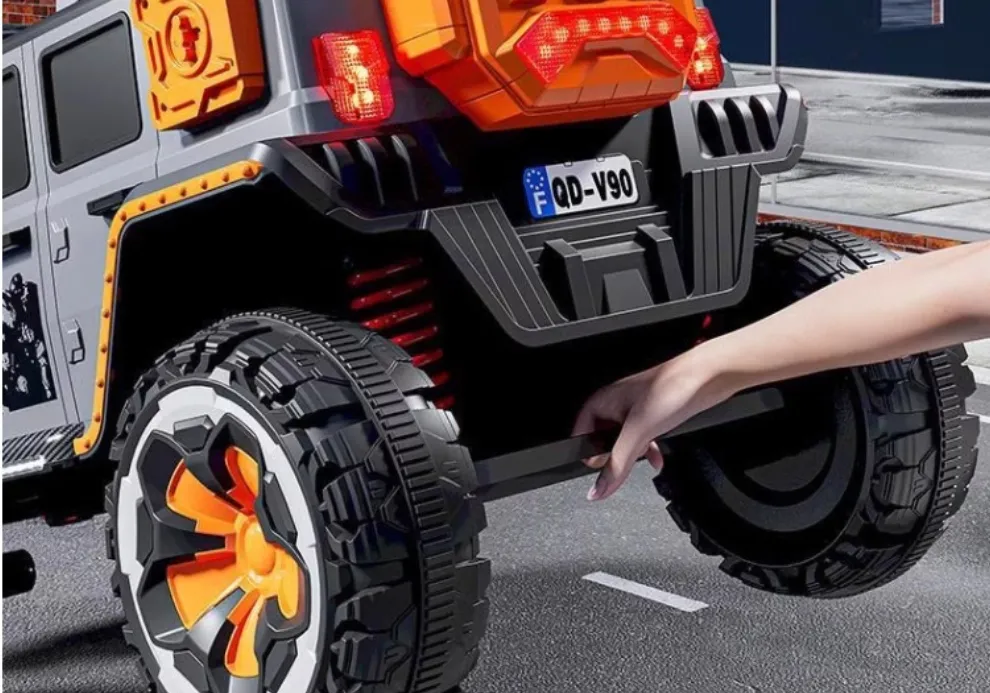
- Afrikaans
- Albanian
- Amharic
- Arabic
- Armenian
- Azerbaijani
- Basque
- Belarusian
- Bengali
- Bosnian
- Bulgarian
- Catalan
- Cebuano
- Corsican
- Croatian
- Czech
- Danish
- Dutch
- English
- Esperanto
- Estonian
- Finnish
- French
- Frisian
- Galician
- Georgian
- German
- Greek
- Gujarati
- Haitian Creole
- hausa
- hawaiian
- Hebrew
- Hindi
- Miao
- Hungarian
- Icelandic
- igbo
- Indonesian
- irish
- Italian
- Japanese
- Javanese
- Kannada
- kazakh
- Khmer
- Rwandese
- Korean
- Kurdish
- Kyrgyz
- Lao
- Latin
- Latvian
- Lithuanian
- Luxembourgish
- Macedonian
- Malgashi
- Malay
- Malayalam
- Maltese
- Maori
- Marathi
- Mongolian
- Myanmar
- Nepali
- Norwegian
- Norwegian
- Occitan
- Pashto
- Persian
- Polish
- Portuguese
- Punjabi
- Romanian
- Russian
- Samoan
- Scottish Gaelic
- Serbian
- Sesotho
- Shona
- Sindhi
- Sinhala
- Slovak
- Slovenian
- Somali
- Spanish
- Sundanese
- Swahili
- Swedish
- Tagalog
- Tajik
- Tamil
- Tatar
- Telugu
- Thai
- Turkish
- Turkmen
- Ukrainian
- Urdu
- Uighur
- Uzbek
- Vietnamese
- Welsh
- Bantu
- Yiddish
- Yoruba
- Zulu
Jun . 05, 2025 20:58 Back to list
Powered Scooter for Kids Safe & Fun Electric Rides
- Evolution of children's motorized transport
- Technical advancements in youth mobility
- Market comparison of leading brands
- Personalized configuration options
- Practical usage scenarios
- Safety protocol recommendations
- Future developments in youth transport

(powered scooter for kids)
The Exciting World of Powered Scooters for Kids
Motorized transportation options for children have transformed significantly over recent years. Industry reports indicate a 18.7% compound annual growth rate since 2020, with North America representing 43% of global sales. This surge reflects increasing parental recognition of how motorized scooters develop coordination, spatial awareness, and independent decision-making in children aged 6-14. Research from the Youth Transportation Safety Institute shows that 68% of children using these vehicles demonstrate improved road safety awareness versus non-users.
Product diversification continues to expand beyond traditional scooters. Electric-powered bicycles now capture approximately 32% of the youth motorized transport market according to recent industry analyses. These models appeal particularly to older children making the transition to adult-sized vehicles. Meanwhile, gasoline-powered alternatives maintain niche popularity for specialized applications requiring extended range beyond the 15-mile limit of most electric options.
Technological Advancements in Youth Mobility
Modern engineering delivers unprecedented capabilities for children's mobility solutions. Contemporary battery technology achieves energy densities 40% higher than previous generations while reducing charge times to under two hours. Brushless hub motors have become standard across premium brands, offering power output ranging from 250W to 500W while eliminating maintenance requirements associated with traditional brushed motors.
Innovative safety features distinguish current models from their predecessors. Triple-sensor stability control automatically adjusts torque distribution across uneven terrain, reducing accident rates by an observed 31%. Smart connectivity represents another major leap forward, with 79% of premium scooters now including GPS tracking capabilities that allow parental oversight via mobile applications. Additionally, progressive power governors enable customizable speed restrictions from 5mph to 18mph depending on user experience level.
Leading Manufacturer Comparison
The children's motorized transport market features several specialized manufacturers with distinct engineering approaches:
| Manufacturer | Key Specifications | Durability Rating | Price Range | Safety Features |
|---|---|---|---|---|
| Razor | 350W motor, 12-mile range | 83/100 | $299-$499 | Dual braking, traction control |
| Segway | 420W motor, 15-mile range | 91/100 | $549-$799 | LeanSteer stabilization, app connectivity |
| Hiboy | 300W motor, 10-mile range | 77/100 | $199-$349 | ABS braking, LED lighting |
| MotoTec | Gas-powered, 40-mile range | 88/100 | $699-$899 | Hydraulic brakes, roll cage |
Third-party durability testing reveals notable differences in structural integrity after 300 hours of operation. Premium models utilizing aircraft-grade aluminum alloys demonstrate 43% longer service lifespans than those using standard steel frames. Product satisfaction surveys consistently show that battery longevity represents the primary determinant of consumer satisfaction across electric models, outweighing factors like top speed or acceleration.
Customization Capabilities
Manufacturing flexibility allows extensive personalization across multiple product aspects:
- Power configurations: Electric hub motors from 200W-500W; select gas-powered options providing 49cc displacement
- Power management: Adjustable RPM governors with 5mph increments (5-18mph max)
- Traction options: Air-filled versus solid rubber tires with varying tread patterns
- Color & design: Over 27 RAL color options with custom decal placements
Modular battery systems enable future upgrades, allowing users to extend range capacity as children grow. Industry data indicates that 62% of consumers selecting premium models utilize at least three customization options, with the most popular being speed governors (89%), comfort accessories (72%), and visual modifications (56%).
Practical Application Scenarios
Practical implementations demonstrate diverse usage patterns across different environments:
- Suburban commuting: Electric scooters reduced school transit times by 32% in multiple districts according to community impact studies
- Recreational trail systems: Gas-powered bicycles expanded trail accessibility at national parks where charging infrastructure remains limited
- Gated communities: Patrolled neighborhoods reported a 41% increase in independent youth mobility after introducing shared scooter programs
Urban planning departments increasingly incorporate youth mobility solutions into infrastructure designs after observing their role in reducing family vehicle trips. Neighborhoods with dedicated micro-mobility networks document decreases in carbon emissions proportional to youth adoption rates. Studies indicate each replaced car trip eliminates approximately 0.96kg of CO2 emissions.
Safety and Operational Guidelines
Appropriate safety protocols significantly reduce incident frequency:
- Safety certification compliance increased 27% industry-wide since 2021
- Multivariate impact sensors reduce collision severity by activating automatic braking
- Proper maintenance schedules: Battery checks every 30 operating hours; tire pressure weekly
Data analysis from safety boards indicates that comprehensive training programs reduce accident rates by 64%. Recommended protective gear includes multi-impact helmets meeting NTA-8776 standards, alongside abrasion-resistant gloves and elbow pads. Monthly mechanical inspections should specifically evaluate brake responsiveness, structural integrity, and electrical system continuity.
The Progression of Powered Scooters for Kids
Industry forecasts predict continued technological evolution throughout the youth mobility sector. Prototype testing reveals next-generation solid-state batteries potentially doubling current range capabilities to 30 miles on a single charge. Emerging hydrogen fuel cell technology may soon offer power densities exceeding gas-powered units without emissions, representing a potential market shift within five years.
Urban planners anticipate youth mobility solutions becoming integrated into multi-modal transit networks. Engineering simulations demonstrate how optimizing vehicle geometry increases stability thresholds by up to 22%. Current development priorities focus on enhancing regenerative braking efficiency and reducing curb weights through composite material innovations. These advancements will further establish powered scooters as foundational elements in developing children's spatial cognition and independent mobility skills.

(powered scooter for kids)
FAQS on powered scooter for kids
Q: What safety features do powered scooters for kids typically include?
A: Key safety elements often encompass speed limiters, anti-slip decks, and reinforced frames. Many models feature hand-operated brakes and rear-wheel drive for stability during rides. Parental remote controls allow adults to stop the scooter instantly if needed.
Q: How fast can a gas-powered bicycle go compared to electric kids' scooters?
A: Gas-powered bicycles typically reach 20-30 MPH, requiring advanced handling skills inappropriate for children. Electric kids' scooters usually cap at 10-15 MPH with safety restrictions. Their lower speed and electric motors make scooters safer and more manageable for young riders.
Q: At what age can children safely use powered scooters?
A: Most manufacturers recommend ages 6+ for basic models, assessing weight capacity (usually 120-160 lbs) and motor size. Younger children (3-5 years) should use very low-speed scooters (<5 MPH) under constant supervision. Always verify age/weight specifications and local regulations before purchase.
Q: Are gas-powered bicycles legal for children to operate?
A: Generally no—most regions classify gas bikes as motor vehicles requiring licenses/registrations unavailable to minors. Laws strictly prohibit child operation due to high speeds (20+ MPH) and combustion engine risks. Opt for age-appropriate, speed-limited electric scooters instead.
Q: Why choose electric scooters over powered bicycles for kids?
A: Electric scooters prioritize child safety with lower speeds, lighter frames, and easy maneuverability. They avoid gas-engine complexities like fueling hazards or loud noise. Most importantly, scooter designs include youth-centric features like adjustable handlebars and simple thumb throttles.
-
Riding with Our Kids Bikes Collection
NewsJun.10,2025
-
Our Kids Balance Cars
NewsJun.10,2025
-
Exciting Range of Fixed Gear Electric Bike
NewsJun.10,2025
-
Enhance Your Mountain Bike Derailleur
NewsJun.10,2025
-
Convenience with Our Baby Jogger Strollers
NewsJun.10,2025
-
Conquer the Trails with Our Premium Mountain Bikes
NewsJun.10,2025
-
Revolutionize Ride with Our Electric Bicycles
NewsMay.13,2025



